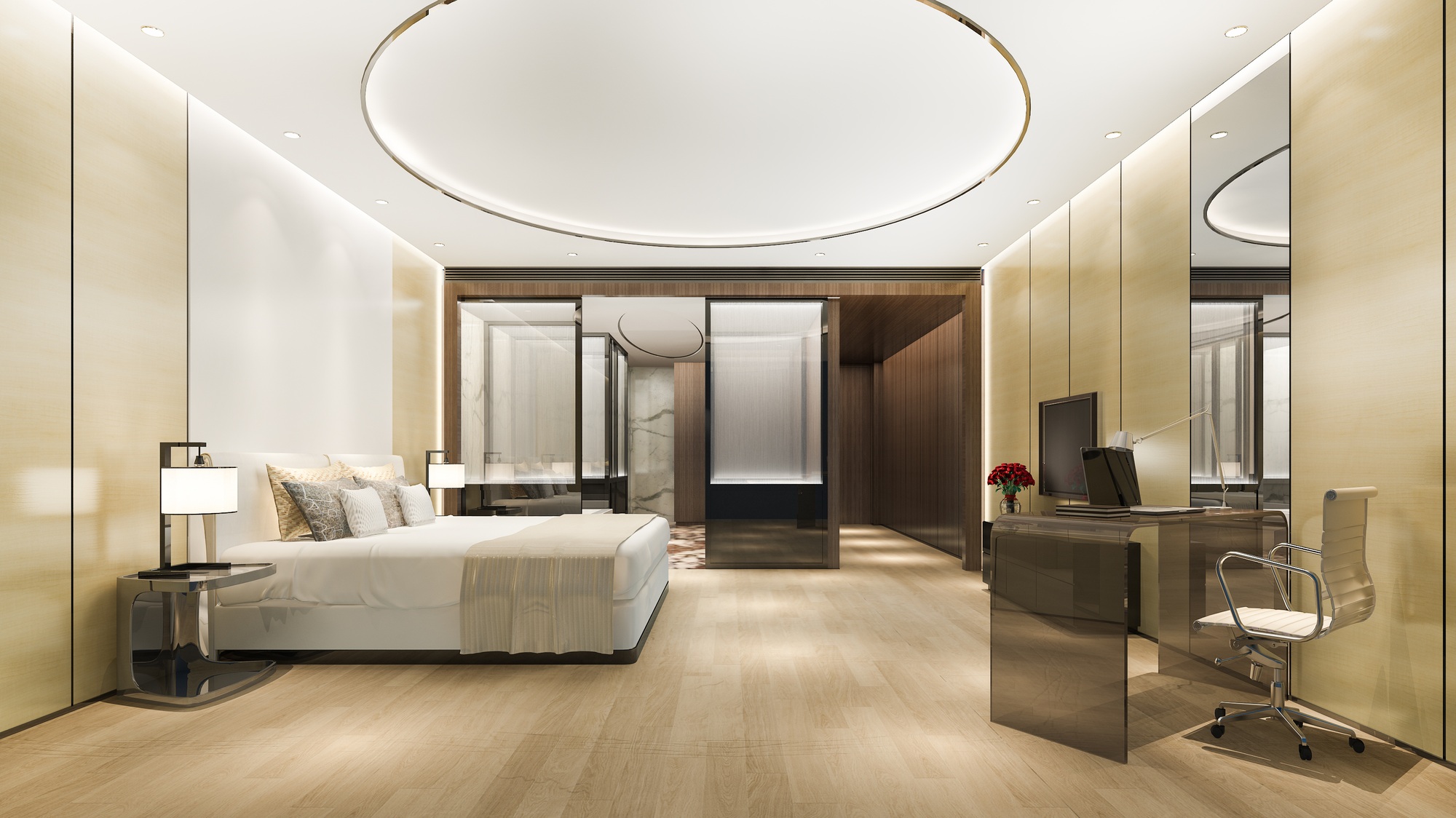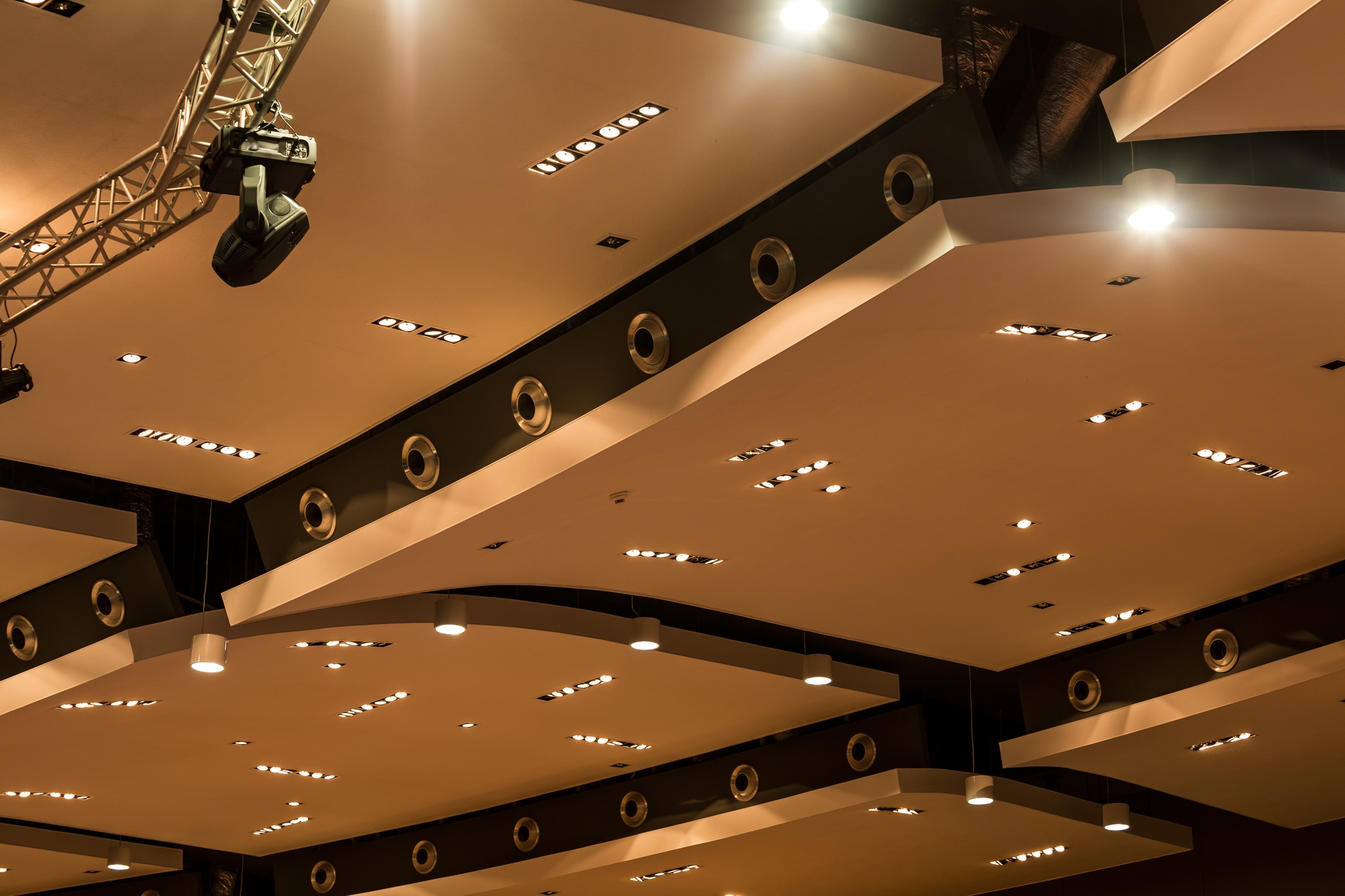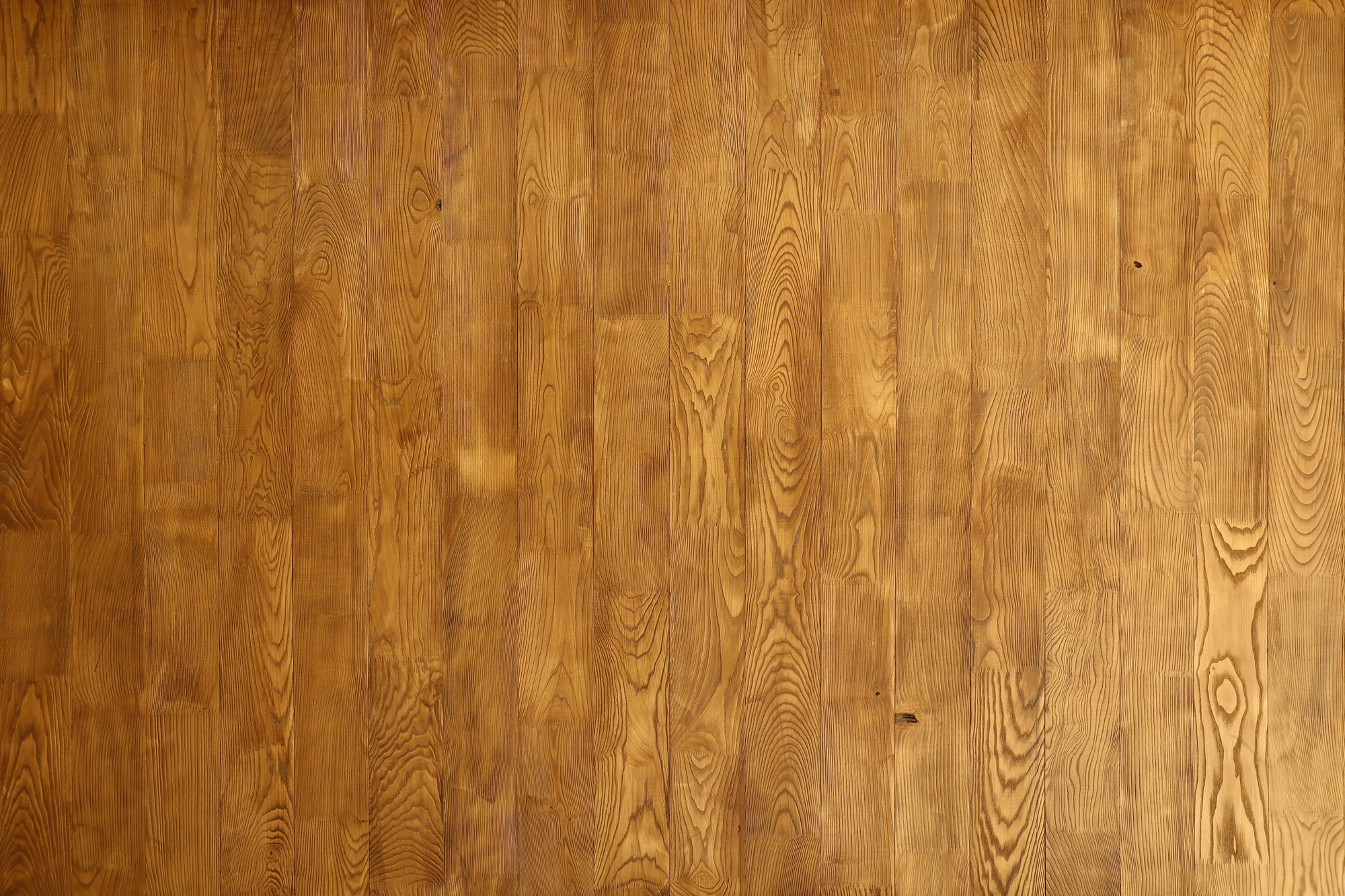Colors are more than just aesthetic choices—they can influence mood, create illusions of space, and bring personality to a home. In Nepal, where culture and nature are deeply intertwined, the thoughtful use of color in interior design can enhance the ambiance of any living space. Whether you’re renovating your home in Kathmandu or building a new one in Pokhara, understanding the role of color is key to creating a harmonious environment.
Why Color Matters in Interior Design
Colors have a psychological impact and can influence how we feel in a space. They can:
- Set the Mood: Warm colors like red, orange, and yellow create energy, while cool colors like blue and green evoke calmness.
- Define Spaces: Different colors can distinguish between areas in open-plan homes.
- Reflect Light: Lighter colors make rooms feel brighter and more spacious, while darker hues add coziness.
- Express Personality: Your color choices can showcase your tastes and preferences.
Tips for Choosing Colors for Your Nepali Home
1. Consider the Room’s Purpose
Each room serves a unique function, and the colors should align with that purpose:
- Living Room: Use warm, inviting tones like beige, mustard yellow, or light peach to create a welcoming atmosphere.
- Bedroom: Opt for calming shades such as pastel blue, soft lavender, or earthy tones for restful vibes.
- Kitchen: Bright colors like white or yellow can make the space feel clean and cheerful.
- Bathroom: Cool tones like aqua or light gray can create a spa-like ambiance.
2. Leverage Natural Light
In Nepali homes, windows often frame stunning mountain views or lush greenery. Maximize natural light by:
- Choosing light-reflecting colors like white or cream for rooms with limited sunlight.
- Using earthy shades such as terracotta or olive green to complement the natural surroundings.
3. Incorporate Cultural Influences
Nepali culture is rich in traditional motifs and colors. Consider incorporating these into your home:
- Red and Gold: These colors symbolize good fortune and are great for accent walls or decor pieces.
- Earth Tones: Inspired by the Himalayan landscape, colors like browns, greens, and grays can ground a space.
- Vibrant Colors: Bright hues like maroon or saffron can add a cultural touch to living spaces.
4. Use the 60-30-10 Rule
For a balanced color scheme, follow this simple formula:
- 60% Primary Color: The dominant shade for walls or large furniture pieces.
- 30% Secondary Color: A contrasting or complementary color for rugs, curtains, or smaller furniture.
- 10% Accent Color: A pop of bold color for cushions, artwork, or decorative items.
5. Create Visual Flow
To ensure a cohesive look throughout your home:
- Use a consistent color palette with slight variations for each room.
- Repeat accent colors in multiple spaces to tie the design together.
Common Color Schemes for Nepali Homes
Neutral and Earthy Tones
Neutral colors like beige, taupe, and white are timeless and versatile. Pair them with natural materials like wood or stone for a classic look.
Bright and Cheerful Palettes
If you prefer vibrant interiors, try combining bold colors like turquoise, maroon, or mustard. Balance them with neutral accents to avoid overwhelming the space.
Monochromatic Shades
Stick to varying tones of one color for a sleek, modern aesthetic. For instance, use shades of gray with black and white accents.
Pastel and Muted Colors
Perfect for smaller homes, soft pastel hues like mint green, blush pink, or baby blue make spaces feel airy and spacious.
Practical Color Tips for Nepali Homes
- Small Spaces: Light colors like off-white or pale yellow can make compact rooms in Kathmandu feel larger.
- Traditional Homes: Incorporate deep reds, blues, and golds to reflect the traditional Newari architecture.
- Urban Apartments: Use modern shades like charcoal gray or navy blue for a chic, contemporary vibe.
- Outdoor Areas: Earthy tones like terracotta or sage green blend well with gardens or patios.
Accessorizing with Color
Colors aren’t limited to walls—they can be introduced through decor and accessories:
- Rugs and Carpets: Choose traditional Dhaka patterns in vibrant hues to add texture and warmth.
- Cushions and Throws: Mix and match colorful textiles for a cozy and stylish look.
- Art and Décor: Display local artwork with bold colors to highlight Nepali culture.
- Plants: Incorporate greenery to add a refreshing and natural element to your home.
Mistakes to Avoid
- Overusing Dark Colors: Too much can make a space feel cramped.
- Ignoring Lighting: A poorly lit room can dull even the brightest colors.
- Skipping Samples: Test colors on your walls before committing to a shade.
Conclusion
The role of color in interior design goes beyond aesthetics—it creates mood, adds character, and enhances functionality. For Nepali homes, thoughtful color choices can balance tradition with modernity, creating spaces that are both beautiful and meaningful. Whether you’re redecorating a cozy apartment in Kathmandu or a spacious house in Pokhara, the right colors will bring your vision to life.







